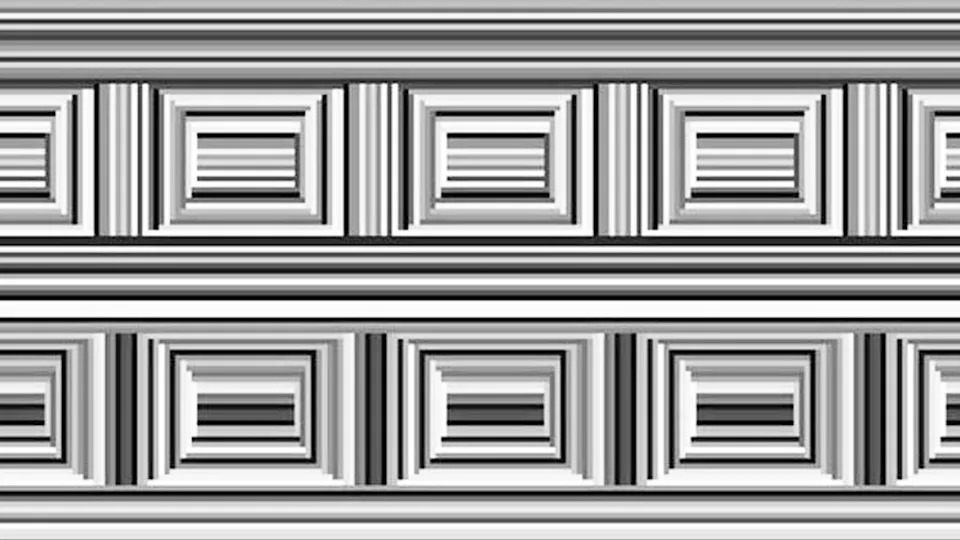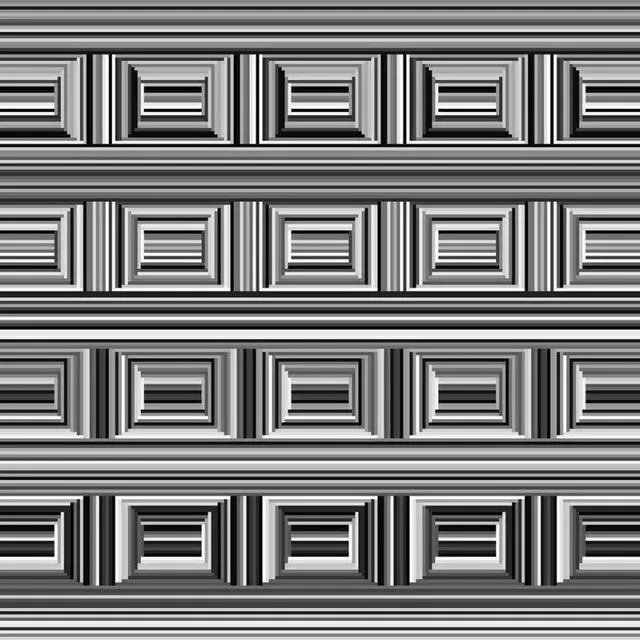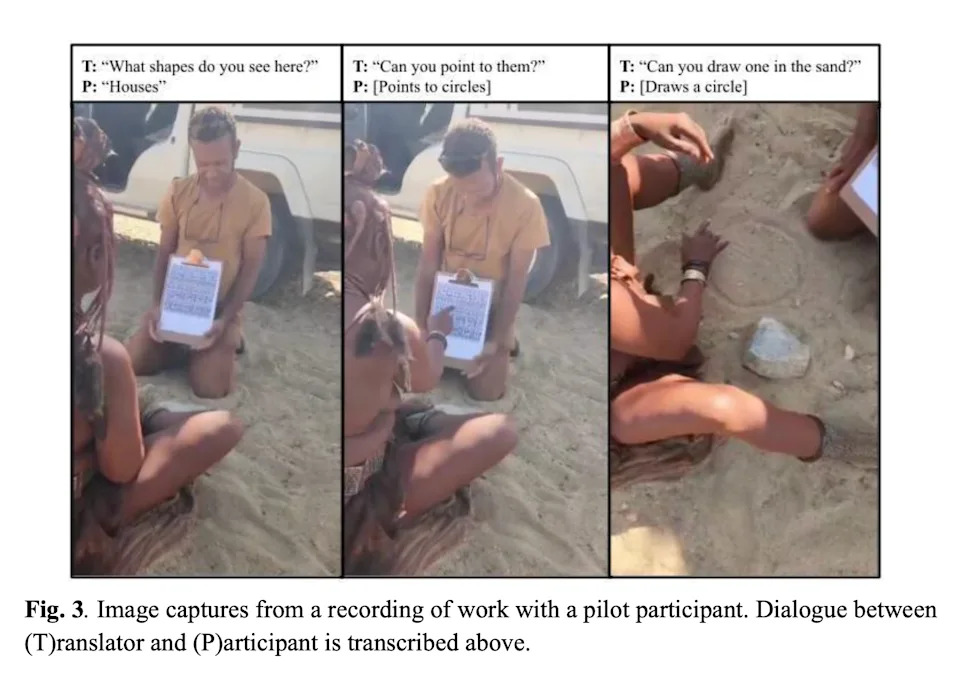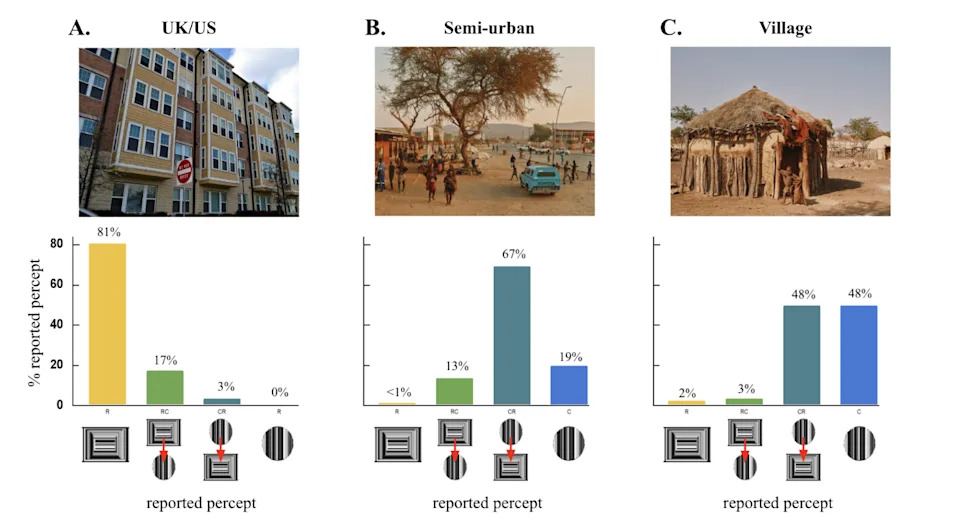Your response to this baffling optical illusion could depend on where you grew up
When you buy through links on our articles, Future and its syndication partners may earn a commission.
 Credit: Anthony Norcia
Credit: Anthony NorciaLast year we covered the 'coffer' illusion, a visual riddling that was blowing/bending/frying/breaking the internet's collective mind. And like all the best illusions, it seems this one keeps on giving, as new scientific research has revealed that your perception of it could be influenced by one unexpected factor.
For the uninitiated, the coffer illusion depicts what appears to be a series of rectangles – but actually contains 16 circles. They're initially hard to spot, but once you've managed it, they can't be unseen (spoiler alert: they're in the gaps between the rectangles). How quickly you find the circles, though, could depend on where in the world you grew up.
 Can you spot the 16 circles? | Credit: Anthony Norcia
Can you spot the 16 circles? | Credit: Anthony NorciaAs reported by the Guardian, a study led by Ivan Kroupin at the London School of Economics has explored how people from different backgrounds interpret the coffer illusion, found that "people in the UK and US saw it mainly in one way, as comprising rectangles – while people from rural communities in Namibia typically saw it another way: as containing circles."
 A screenshot from the new study | Credit: Ivan Kroupin
A screenshot from the new study | Credit: Ivan KroupinSo why the difference? The suggestion is that those hailing from western industrialised countries "are generally exposed to highly “carpentered” environments, with lots of straight lines, right angles," whereas rural Namibians, for example, see the circles first because "their environments being dominated by structures such as round huts instead of angular environments."
 Credit: Ivan Kroupin
Credit: Ivan Kroupin "During the data collection, it was quite striking to see individuals immediately identify and describe features of an image - circles - which took all authors a significant amount of time to identify at all," the study explains, before going on to suggest different responses to the illusion could hint at larger visual discrepancies between people. "In sum, the world does not look the same to all of us—the present results show this at the very least. And it remains a possibility that such cultural variation exists even at layers of visual perception previously assumed to be universal."














